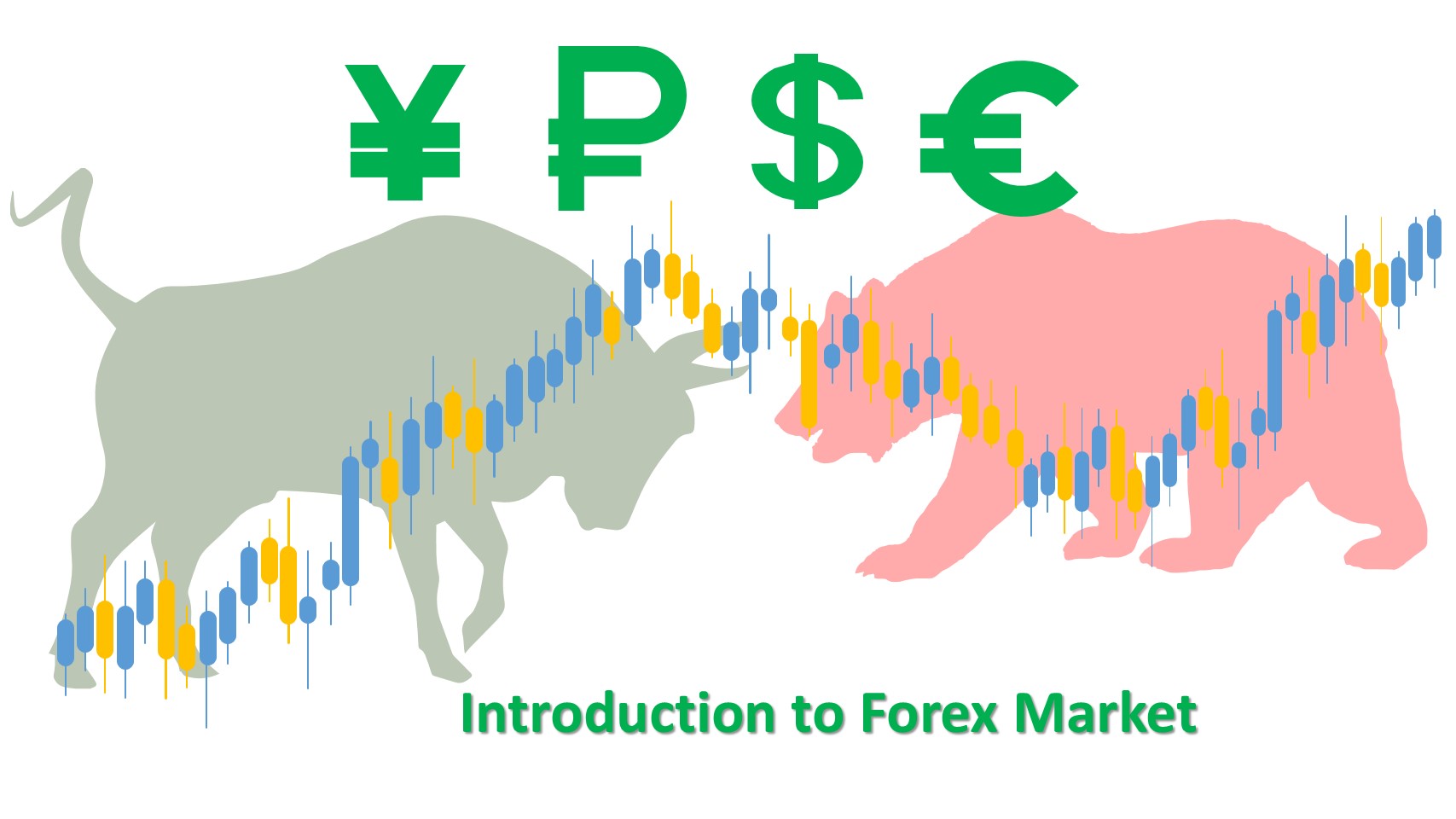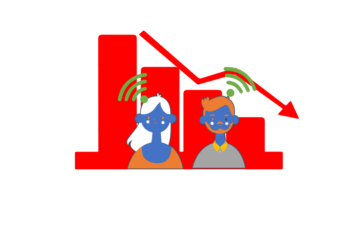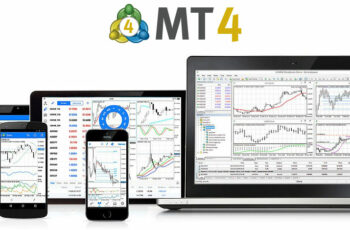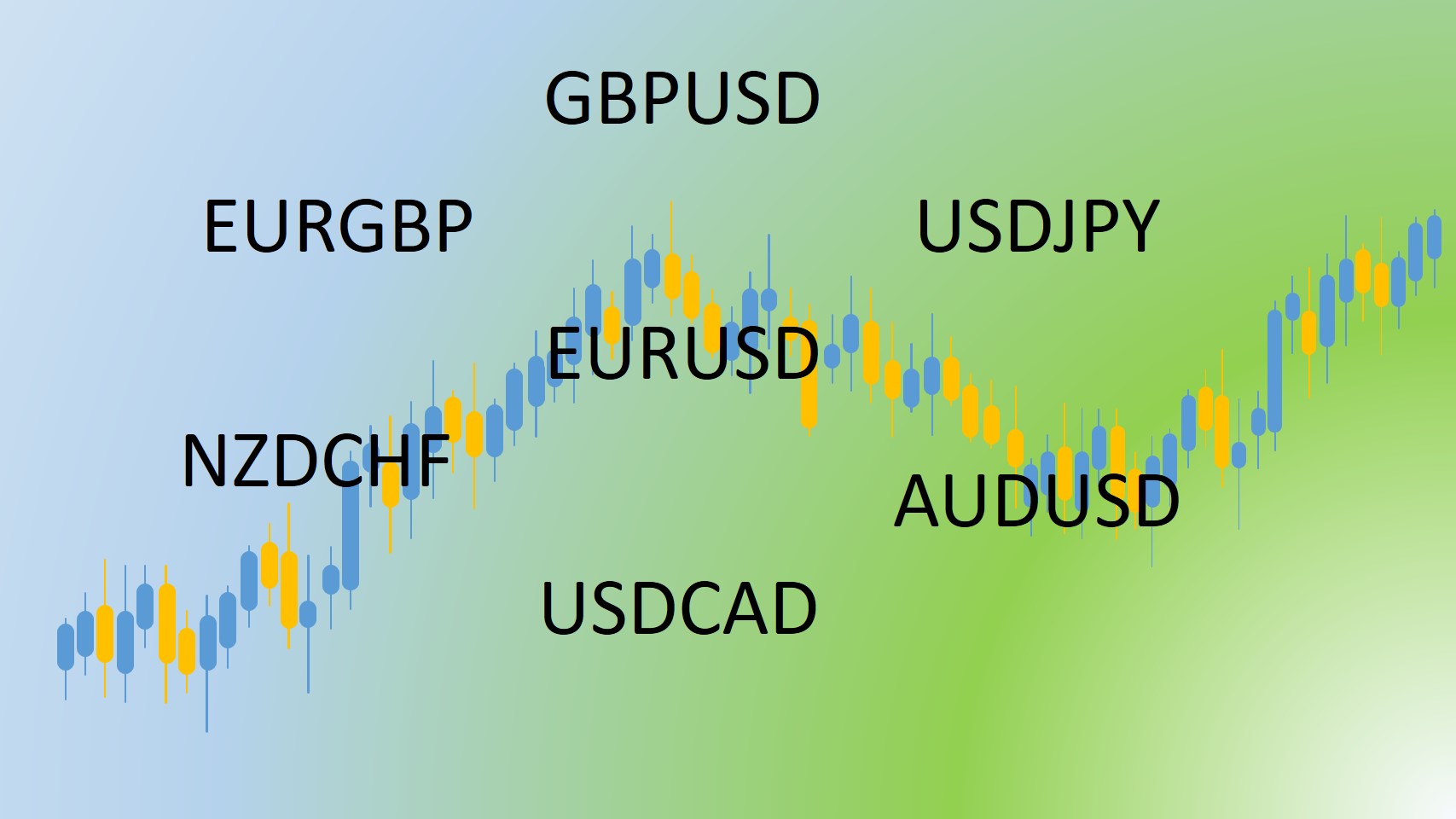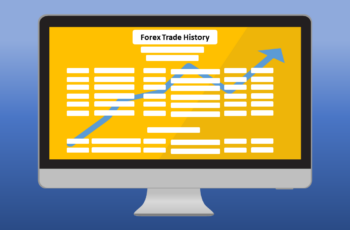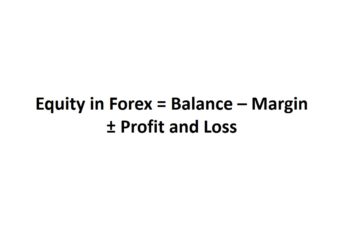Leverage in forex is simply the borrowed amount that enables you to trade multiple times more than your deposited amount into your broker account. Traders express the leverage in 1: xx, which means how many times bigger than the deposit you can place a trade. For example, 1:20 leverage means you can place a trade 20 times more than your deposit.
Leverage in forex, like spread, can be floating, which means during holidays and big economic news, your broker will lower it.
If you select low leverage, it will not change during rush hours and holidays, making you able to relax.
Margin Ratio is another name of leverage.
Margin requirement and leverage have a negative relationship. It means that a higher margin requirement means less leverage and vice versa.
Leverage of Different Financial Assets
Financial brokers provide different levels of leverage for various financial assets.
Generally, forex brokers provide the highest leverages followed by CFD, crypto, and stock.
Some forex brokers provide up to 1:2000 leverage, while most restrict it to 1:200.
Generally, leverage on CFDs ranges from 1:10 to 1:50.
Finally, stockbrokers often provide less than 1:10.
What Leverage in Forex Should You Choose?
Leverage has advantages and disadvantages.
The biggest advantage of higher leverage is that it enables traders to trade a higher amount and if right, the potential of profit multiplies. A trader who selects a higher ratio should be a professional trader and be able to manage his emotions and should be able to manage risk effectively. Otherwise, he will empty his account.
On the other hand, using higher leverage has many disadvantages. It makes a trader emotional and hard to manage. Higher leverage multiplies the chance of loss much sooner than expected.
Most professional traders believe that a trader should never use leverage higher than 1:50. Because it is hard to manage and unsustainable even if you profit in the short run.

